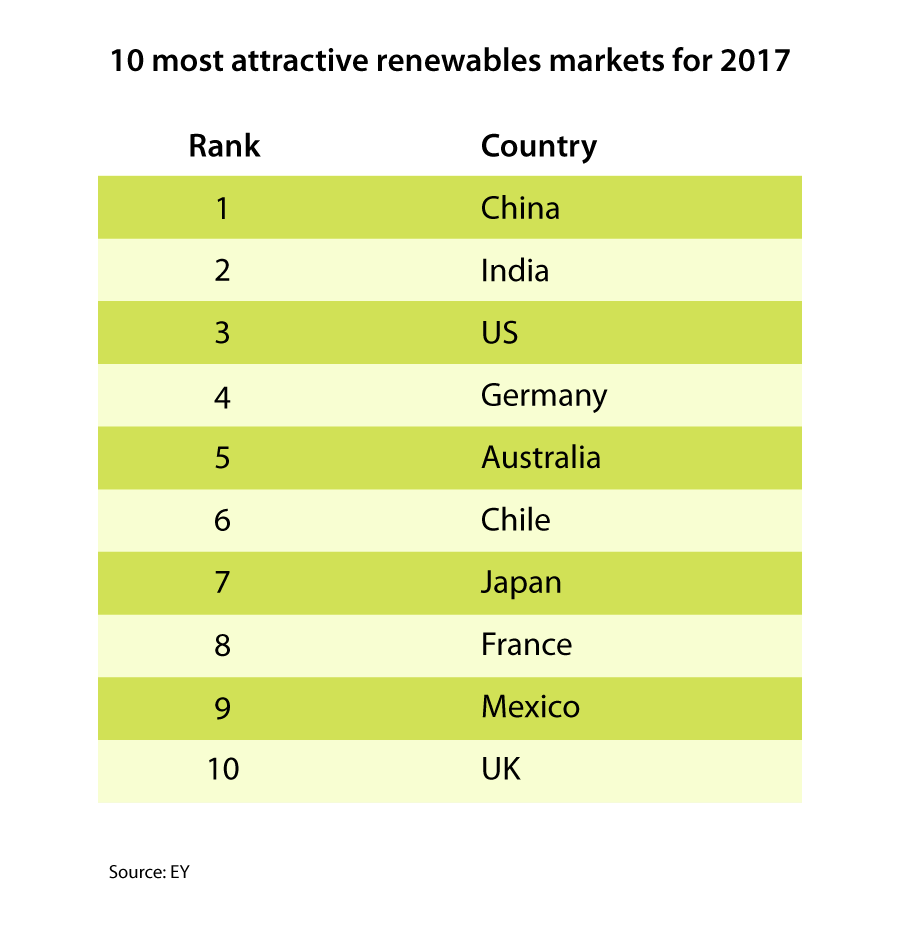In order to restrict the rise of global temperatures beyond an additional 2°C (as per the target set at the Paris Agreement), a major shift in investment patterns toward low-carbon, climate resilient options is imperative. A temperature rise beyond the set benchmark of 2°C would largely affect the environmental conditions. According to Citigroup, not acting on climate change could cost the world economy up to US$44 trillion in terms of lost GDP, by the year 2060.
From an investor’s standpoint, various types of investment instruments (for example, pension schemes and direct investment products) see significant exposure to the risks related to climate change. The magnitude of such risks is even greater for energy companies, especially in the oil and gas sector. The motivational thrust to curb climate change by reducing carbon emissions is affecting the business model of many such companies. Climate change is definitely jeopardizing global scenario, but at the same time it is also triggering thoughtful green investment opportunities.
Decrypting green investment
The term green investment, combined with Socially Responsible Investing (SRI), essentially means investment activities focused on factors including:
- the conservation of natural resources
- the production and discovery of alternative energy sources
- the implementation of clean air and water projects
- other environmentally conscious business practices
These investments reflect an assurance of developing a sustainable future. They also highlight the desire to practice a socially conscious style of investing.
India and China at the forefront of green investment
India and China are among the world’s top polluters. At the same time, these two countries see major green investment trends. These investment opportunities will make a huge difference in the world’s climate change scenario. According to the annual ranking of the world’s top 40 markets for investing into renewable energy, consultancy firm Ernst and Young identified India and China as the most suitable economies for green investments.
Solar power in China – Raising the bar
The National Development and Reform Commission of China has allocated CN¥ 1 trillion under a five-year agenda to boost the solar power capacity of the country by 5 times. The expansion of China’s solar power utility will lead to the installation of at least 1,000 major solar power plants. The Chinese market will facilitate plain sailing green investment processes. Eventually, investors will receive governmental and regulatory support in terms of policies and public expenditure.
The investment of US$363 billion for the development of renewable power has made China the most attractive market for investments in renewable energy, followed by India.

By the end of 2016, China had become the largest producer of solar energy with a total capacity of 77 gigawatts. The country has established a target of producing 110 gigawatts solar energy by the end of 2020. The establishment of the world’s largest floating solar power plant (40 megawatts) is an optimistic sign of widening low-carbon technologies. Along with well-sized green investments, the government must also incentivize access to such a newborn market. This could be spun in different ways:
- Policies that advocate tax-based incentives,
- Policies that generally promote the use of renewable energy,
- Alteration of the pricing mechanism in the renewable energy market to make it inexpensive in the interim.
Renewable energy revolutionizing the automotive industry
China’s most recent initiative aims to refurbish the automotive sector. Recently, China approved the joint venture between Volkswagen and JAC to promote electric vehicle production. Equally important is the agreement with General Motors to produce hybrid vehicles in the country.
This is considered to be a great move toward environmental protection. It aims to reduce the emissions from fuel combustion to a great extent. The country is supporting the initiative by setting up charging points for these vehicles across its capital city. China plans to set up 80 million charging points by 2030 for increased adoption of electric vehicles.
India’s soaring ambitions
India is gearing up to achieve ambitious targets set by Prime Minister Narendra Modi. The country will strive to upgrade its renewable energy capacity to 175 GW by 2022, including 100 GW of solar and 60 GW of wind energy. The government has allocated US$3 billion to promote solar energy infrastructure in the country. The global investment community is also supporting the mission with more than US$100 billion in commitments that support solar energy development. Basically, investors will be empowering green investments in a market where the infrastructure facilitates optimal use of resources.
India has ambitiously planned the development of the renewable energy sector. Prime Minister Modi is encouraging investments in green projects, as he spoke about the desired shift from “Carbon Credit” to “Green Credit” during the G-20 summit in Antalya. The rate of solar power being fixed at a price which is less than the average unit cost of electricity shows the government’s interest in promoting the sector. The advancement of technology, coupled with the scale of the infrastructural establishment, has catalyzed the process.
Green investment opportunities in India
In 2014, The Union Cabinet of India approved various amendments to the Electricity Act, 2003. One of these amendments cleared the way for Foreign Direct Investment (FDI) up to 100% for renewable energy generation and related distribution projects. As a result, this opened the door to profound opportunities for developed countries to fund projects in India. Consequently, countries like the United Kingdom and UAE have shown keen interest in green infrastructure projects in India.
The share of renewable energy in the total electricity generation in India is estimated to be 49% by 2040 according to the Bloomberg New Energy Outlook 2017. Japan’s telecom giant, Softbank Group Corporation has expressed interests in investing in the solar energy market of India. These policies have showered enough sunshine for the market to grow.
The way ahead for green investment
There is no dearth of investment options in the market. All we need is an overall responsible investment mindset. The recent statement of the Indian Transport Minister highlighting a complete shift to alternative energy in Indian automotive industry should be a wake-up call for the automotive giants to line up ventures in the country accordingly.
India and China must capture investments by promoting renewable energy capacity they have. Funds from the Asian Development Bank are helping to connect the renewable power to the grid which has been a major challenge for India. In all dynamic and turbulent markets, gaps exist in the renewable sector, which is yet to be bridged. Uniquely, grid connectivity and promotional measures are among the prominently accessible investment opportunities in the evolving renewable sector of India and China. And if there is a single thread connecting all the ongoing events in India and China, it is the trending green investment opportunity in renewable energy sourcing and infrastructure development. The investor community must strategize now or they could find themselves wandering.









